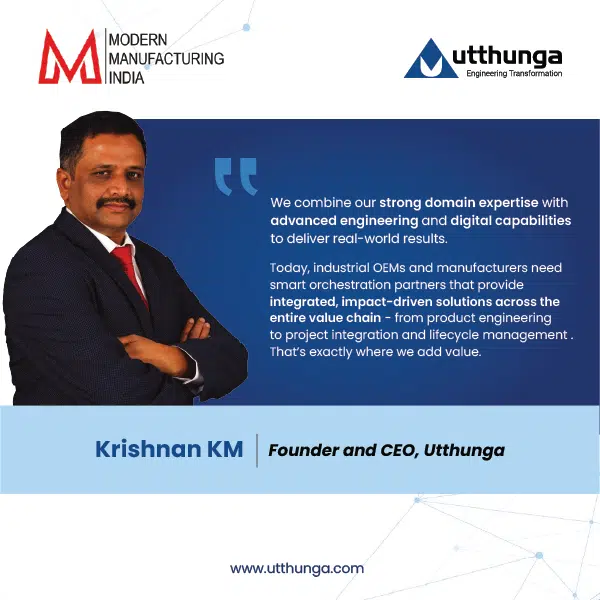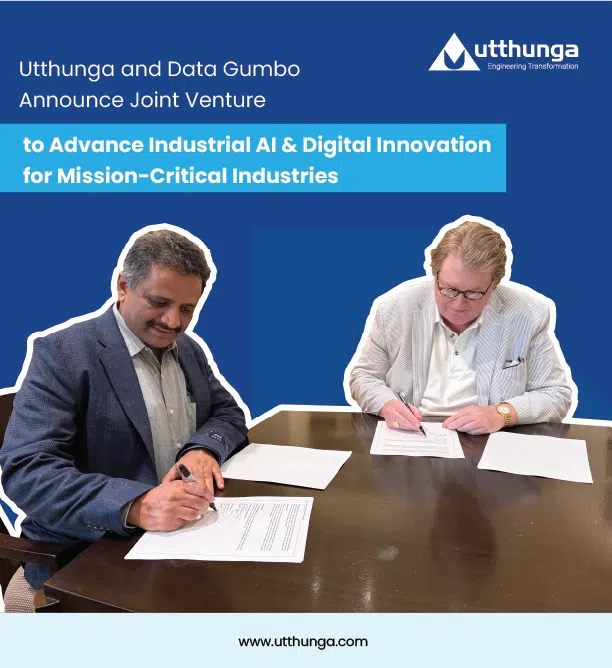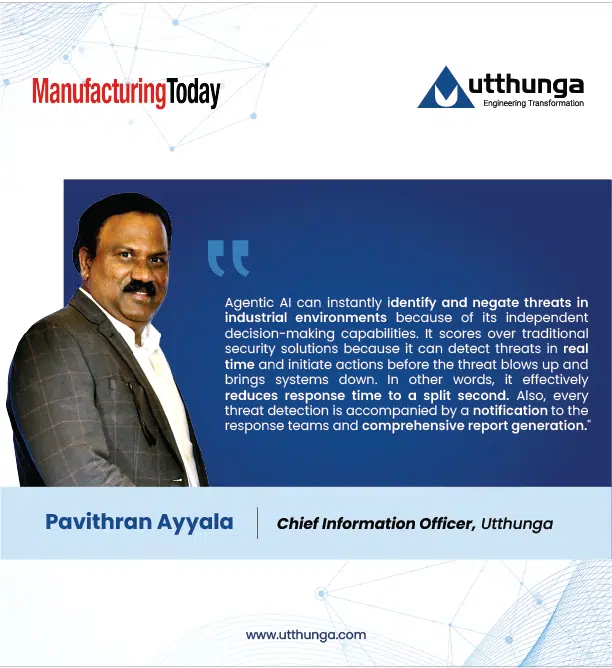The data historian is evolving with technology innovations and industry requirements. Simple data storing in the 1970s has changed to data architecture and infrastructure.
As per the Industry 4.0 requirements, features like data integration, asset modeling, visualization, analysis, etc., should be part of industrial automation solutions.
The future of data historians has much more data crunching and analysis in store for it. In addition, operations data historians are challenging to work with and expensive to implement.
Moreover, they have limited visualization and analysis capabilities. These data historians are not scalable across multiple platforms also. Thus, it becomes difficult for the system to process large volumes of data.
The key technologies that future data historians need to incorporate are:
1.Data wrangling: Data is the new gold for industries. If data quality is terrible, extracting insights from it will be a painful task. Thus, data historians should have capabilities like data aggregation, data cleansing, data enrichment, etc.
2.Digital Twin: The digital twin concept is to replicate the industry’s processes and products virtually. The virtual world provides the capability to model a product’s attributes based on the data associated with it.
3.Blockchain: It is a record-keeping technology that facilitates transactions through decentralized networks. No central authority can control the data in the blockchain ecosystem. Thus, the data remains safe and secure.
4.OPC UA: It is the primary communications protocol for Industry 4.0. OPC UA enables hassle-free communication between heterogeneous machines. This technology saves a lot of time and reduces costs for industries in collecting and sharing data for analysis.





